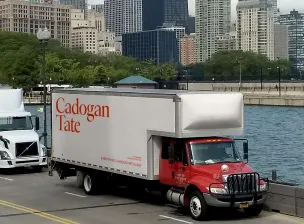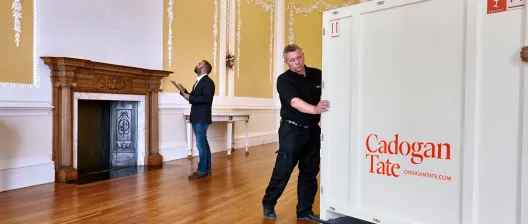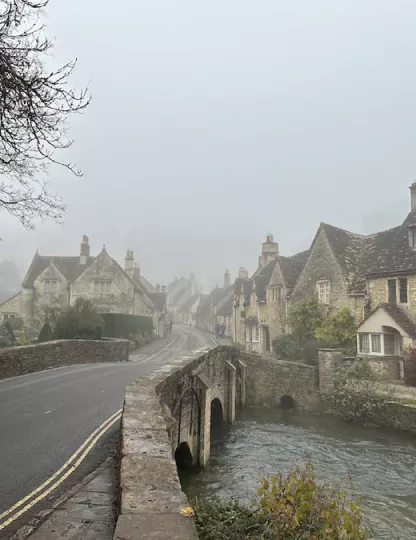Robert Hughes remembered
Robert Hughes, one of the most respected art critics of his generation, who has died at the age of 74 after a long illness, was never tired of speaking his mind. He brutally destroyed Damien Hirst’s contribution to art, referring to the successful artist as piratical; he lamented haphazardly about much of modern art, referring to most of it is as average; and he accepted, albeit reluctantly, that criticism has become exceptionally marginalised.
Like his literary counterpart, the late Gore Vidal, the great American man of letters, Hughes is remembered for his acerbity, rarely, if ever, showing a willingness to be pacified if it meant compromising his own value system.
His spiky, candid and perceivably pugnacious style was never manufactured out of vanity, the kind of deluded disposition that is ultimately glib. It was born out of necessity, the impulse to engage with art in an intellectually exhaustive way and expose it for its fallacies where merited.
He might have unnerved the “establishment” or irritated the very artists he criticised by remaining loyal to his own art form, but no matter, Hughes was a writer who took his job seriously. Like Vidal – and the late Christopher Hitchens as a fitting comparison – the validation was not in the opinion of others, but in the writing that resulted. Criticism of art is not done to fill pages; it exists to add something more to the dialogue and understanding about art.
Others recognised this and in the 80s, Hughes fronted an eight-part documentary series about modern art, beginning with the impressionists and ending with Andy Warhol and his pop contemporaries. The Shock of the New, as it was called, was a surprising hit, a huge success initially in the UK with the BBC and then PBS in America. He made art accessible, popular even, a feat that may be impossible again in such a drastically fragmented broadcasting landscape.
Hughes was at his best when reconciled with a work of art that was indisputably brilliant, when taken in by a masterful artist or immersed in a movement that he could find no fault in. Here he was at his most content, and it was here that he extolled the virtues of art with scholarly wisdom, exercised through brilliantly composed prose.
An example of this can be found in an essay on Francis Bacon, which he penned four years ago for the Guardian, ahead of a major retrospective at the Tate. Hughes was poetic in his judgment of the show and convinced of its importance (he was subsequently proved right by its critical and commercial success).
Bacon has always been a difficult artist, making him hard viewing and challenigng to write about. Hughes was one of the few who approached the contemporary artist full on, never apologising for Bacon’s transgressions of society’s expectations. This made him a vanguard as an artist, and an embracive critic could at least acknowledge that, whatever his sentiments about Bacon as a person were.
“There are good Bacons, sublime and terrifying ones, and a few failures,” Hughes wrote in 2008, perceiving him to be one of the most self-critical artists of the twentieth century, a “ruthless destroyer of his own work”.
“Beyond a certain point he could not rework an image: it had to be scrapped,” Hughes went on.
“To hang on to it would have blurred and fouled up the ‘look’ he prized, which was not highly finished – his way of painting on the wrong side of the canvas precluded finish – but, by the standards of ‘beautiful painting’, disagreeably scrubby. But then, he did so admire and envy the old masters, and he paid a peculiar sort of tribute to them in the way he chose to frame and present his paintings, behind enormous sheets of glass… and surrounded by broad, thick, glittering, gilded mouldings.”
This snippet of insight, discerning, aware and utterly brilliant, was indicative of the quality of his editorial output throughout his career as a writer, ever since he stumbled into journalism – he failed to complete his architecture degree and was chanced upon by a Time magazine executive who was charmed by this relatively unknown writer. The rest, as they say, is history. New York became his home. He will, as he would have liked, be remembered for his words.
“The greater the artist, the greater the doubt. Perfect confidence is given to the less talented as a consolation prize.”
Brilliant.
Cadogan Tate is one of the most respected fine art transport companies in the world, specialising in shipping artwork in a safe and secure way.



